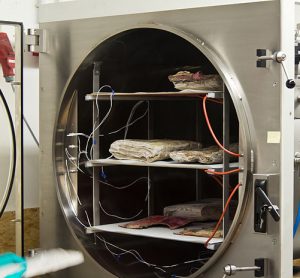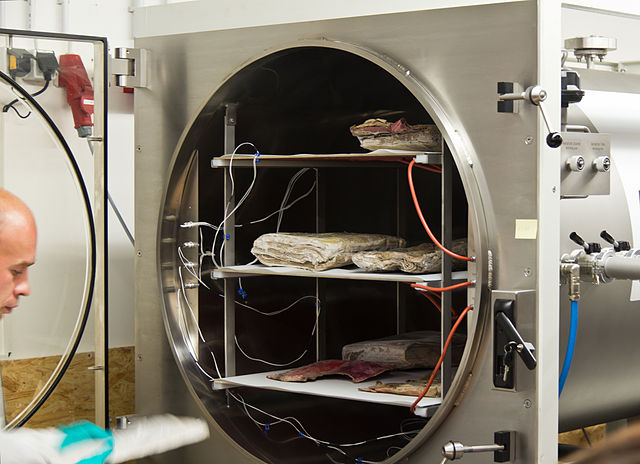Quality by Design, Validation, and PAT: operational, statistical, and engineering perspectives
2 August 2008 | By
Dr. Janet Woodcock’s exhortation (ISPE Annual Meeting, 7 November 2005) that 21st century life science manufacturers should be ‘maximally efficient, agile and flexible’ and produce high quality drug products ‘without extensive regulatory oversight’ has been widely reported as a wake-up call to our industry.













